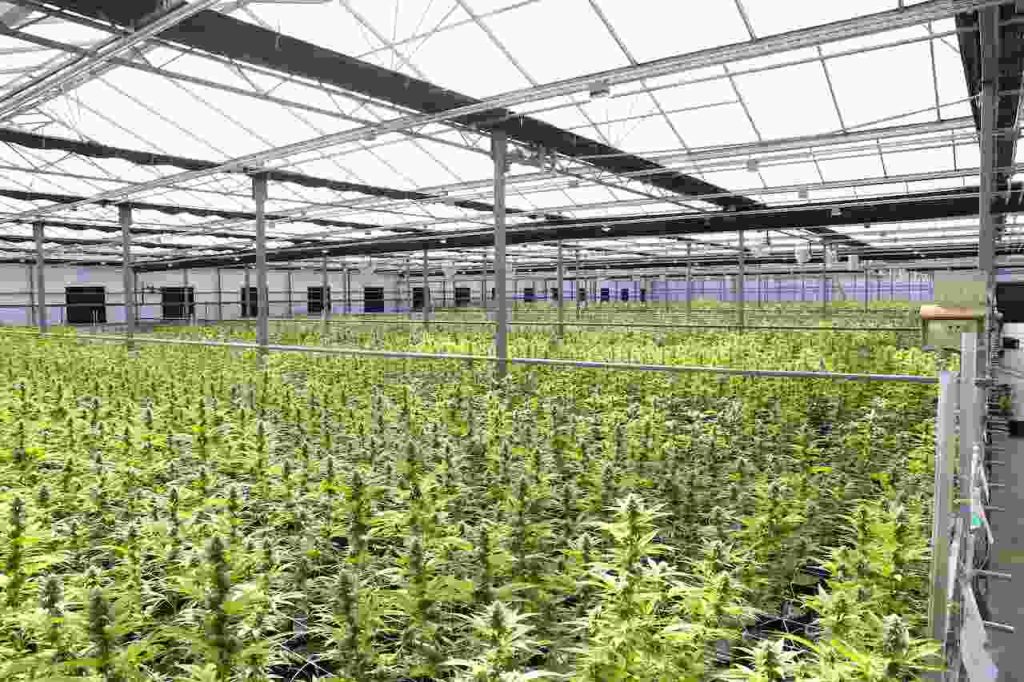Cannabis cultivation at home is becoming increasingly popular and for good reason. It’s rewarding, it provides a level of control over your supply, and it’s a hobby that can truly grow with you. This guide is your pathway to cultivating your own indoor cannabis garden. By the end, you’ll know the basics of cannabis cultivation, how to set up your indoor garden, the importance of choosing the right strains, and so much more. Let’s embark on this exciting horticultural journey together.
Understanding the Basics of Cannabis Cultivation
Cannabis, like any plant, has a life cycle that includes germination, seedling, vegetative, and flowering stages. Each stage demands different care, and understanding this cycle is vital to successful cultivation. The beauty of cannabis lies in its diversity, with different strains offering a variety of effects, flavors, and growth characteristics. If you’re growing your own, it’s essential to understand your local laws regarding cultivation.
Setting Up Your Indoor Garden
Cannabis is an adaptable plant, but creating an optimal environment for its growth will yield better results. First, choose a space that can be dedicated to your cannabis plants. From cupboards to entire rooms, it’s all about adapting to your possibilities. Key elements to control include light, temperature, and humidity, each of which plays a role in your plant’s growth. Your chosen grow medium—soil or hydroponics—also impacts how your plants develop. Next, consider investing in a good quality grow tent. These structures provide a controlled environment, making it easier to manage light, temperature, and humidity. Automation tools like timers and thermostats can also be game-changers, providing consistent care even when you’re away. Lastly, remember the importance of cleanliness. Regular cleaning can prevent pest infestations and disease, ensuring a healthier environment for your plants.
Choosing Your Cannabis Strains
With numerous strains available, your choice should reflect your personal preferences, the space you have, and the time you can dedicate. Some strains require more care than others. Some are small and compact, ideal for confined spaces, while others grow tall and wide. Auto-flowering seeds are a popular choice for indoor gardens, and they’re the focus of our next section. Remember that each strain has its own unique cannabinoid and terpene profile, which will influence the taste, smell, and effects. Do your research on strain genetics to ensure you’re getting a plant that aligns with your personal needs and desires. Furthermore, it’s worth considering the yield potential of each strain – some are known for their bountiful harvest, which can be a big plus for personal growers.
Deep Dive into Auto-Flowering Cannabis Seeds
Auto-flowering cannabis seeds come from the ruderalis species of cannabis, known for its ability to flower based on age rather than light exposure. This characteristic makes these plants great for beginners and those looking for a quick turnaround. With auto-flowering strains, you can expect a harvest in as little as eight weeks from planting. Additionally, these varieties tend to be compact, making them ideal for indoor gardening. It’s also worth noting that auto-flowering plants are typically hardy, resilient to temperature fluctuations, and less prone to diseases and pests due to their shorter life cycle.
Planting and Caring for Your Cannabis Plants
Once you’ve chosen your seeds, it’s time to plant. Most seeds germinate within 3-7 days in the right conditions. Regular watering and nutrient provision are crucial for your plant’s health, but overwatering can be just as detrimental as underwatering. Also, make sure your plants get the right spectrum and amount of light, as this significantly affects their growth and flowering. Rotation of your plants is important too, ensuring even light exposure. Keep an eye out for signs of nutrient deficiencies or excesses as timely correction can save your crop.
Understanding and Managing Common Pests and Diseases
Pests and diseases can plague even the most diligent grower. Common culprits include spider mites, fungus gnats, and powdery mildew. Luckily, there are many preventative measures and treatments available to ensure your plants stay healthy. Regular inspection of your plants is key to early detection and successful management of any infestations or diseases. Invest in a good magnifying glass to spot pests before they become a major problem. Biological control methods, such as introducing beneficial insects, can also be a highly effective and organic solution.
Harvesting, Drying, and Curing Your Cannabis
The culmination of your hard work is the harvest. Knowing when to harvest requires some finesse – trichomes (tiny glands on the buds) provide the best clue. Once harvested, your cannabis needs to be dried and cured properly. This process can greatly affect the final product’s potency and flavor. Be patient during the drying and curing process as rushing it can compromise the quality of your final product. Proper storage is also crucial to maintaining potency and preventing mold growth. Always store your dried, cured buds in a cool, dark, and dry place for the best preservation.
Conclusion
With knowledge, patience, and a little bit of love, cultivating an indoor cannabis garden can be an incredibly rewarding hobby. You now have a solid foundation to start your horticultural journey. Remember, every grower learns from their plants, and every harvest gets better with experience.
